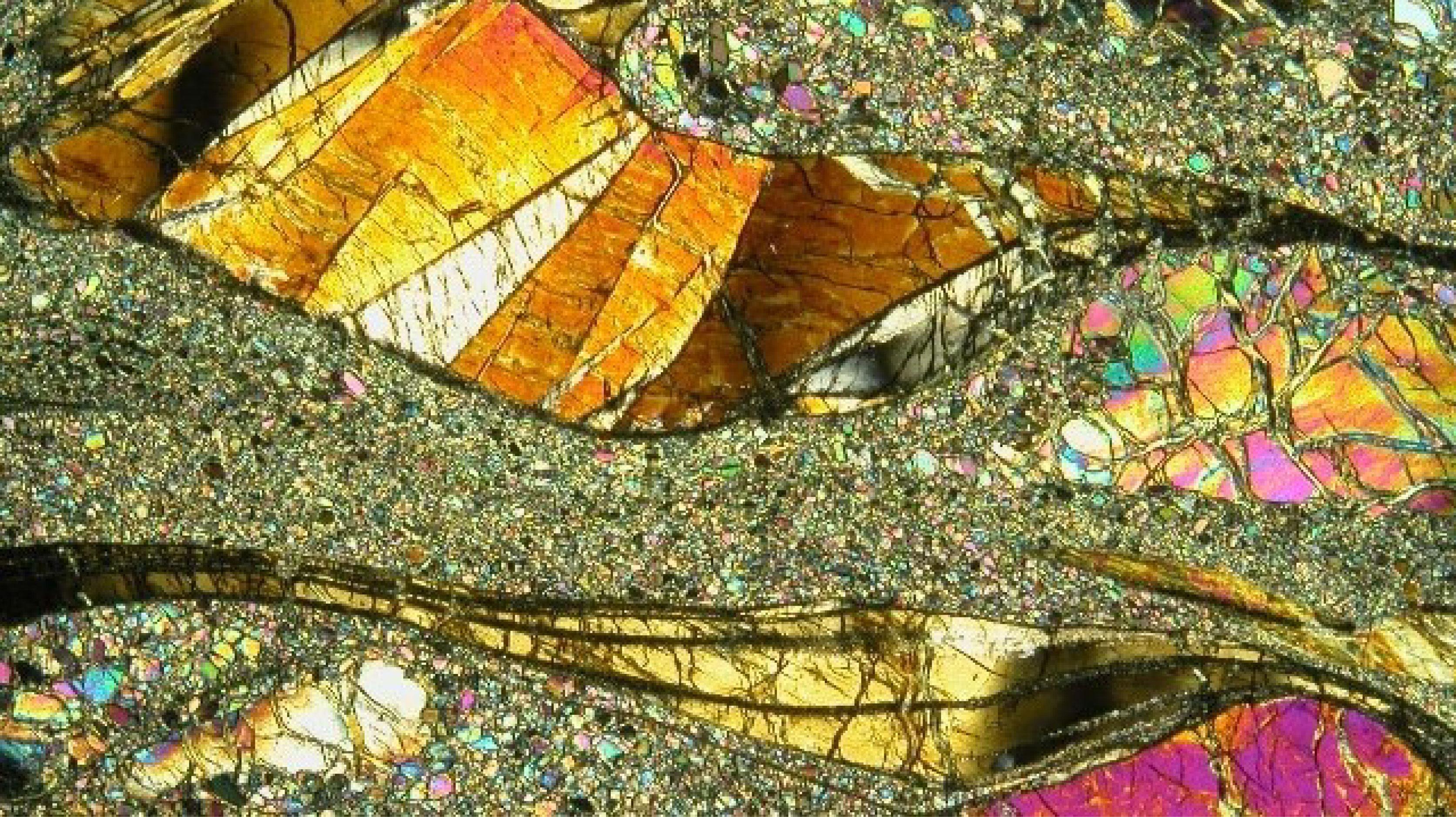
Submitted by Dr C.M. Martin-Jones on Tue, 13/12/2022 - 10:03
Our planet’s surface might seem stable and constant, but it is in fact being continually recycled by plate tectonic processes that send old rocks diving into Earth’s interior. Looking around us, from the mountains of the Himalayas to the bottom of the ocean, many rocks are no more than a few hundred million years old.
But some areas of Earth’s surface have remained virtually untouched for 3 billion years. These resilient cratons are located within continental interiors, set back from plate boundaries.
Research presented by Cambridge Earth Science’s Professor Sally Gibson at this year’s AGU Annual Fall meeting examines the chemical makeup of these ancient rocks to understand why they have escaped from being recycled by tectonic activity.
Cratons have ancient deep ‘roots’ which extend into the convecting mantle. Scientists think that these roots may be 200 kilometres or more deep and might contain less water that the underlying mantle, meaning they are stronger and can support the craton above. But the exact role of water has been a subject of contention because data from cratons across the world shows they have variable water contents.
The research — which was conducted by Charlotte Jackson, previously a PhD student in the Department of Earth Sciences — measured water and fluorine in rocks from the roots of the ancient Kaapvaal craton in southern Africa.
According to Gibson, “Charlotte’s detailed and data-driven approach has been crucial to unravelling the controls on craton stability.” The chunks of mantle rock that Jackson studied were formed originally found in diamond mines. They were brought to the surface from depths up to 180 kilometres — where they had resided since their formation around 3 billion years ago, by deeply-sourced magmas called kimberlites.
Two suites of kimberlites pierced the Kaapvaal craton and were closely spaced in time — one batch forming between 130-110 million years ago and another roughly 90 million years ago.
Data collected by Jackson shows that this intense phase of kimberlite activity might have been responsible for localized thinning in the south-eastern edge of the Kaapvaal craton. Olivine is the most abundant type of crystal in the mantle, and in the rocks they analysed contained high concentrations of water and fluorine, which they think might have weakened the craton in this area.
“It is likely that this rapid burst of kimberlite formation would have introduced water to the base of the craton, causing this to weaken and the lithosphere to thin in this area,” said Gibson, who adds that their results also support geophysical work indicating thinning of the lithosphere in the same area.
Kimberlites are also found in the Siberian craton in Russia and the Slave craton in Northwest Territories of Canada, but, according to Gibson, they probably didn’t have the same thinning effect on the host cratons because in these cases the magmatic activity was spread out over a longer period of time.
Adding water to olivine is known to weaken the crystal structure, causing gaps and defects that make it more likely to break down and be recycled. The structural impact of fluorine — which has not previously been analysed in these mantle rocks — has yet to be explored, but the authors think it may have a similar weakening affect as water.
